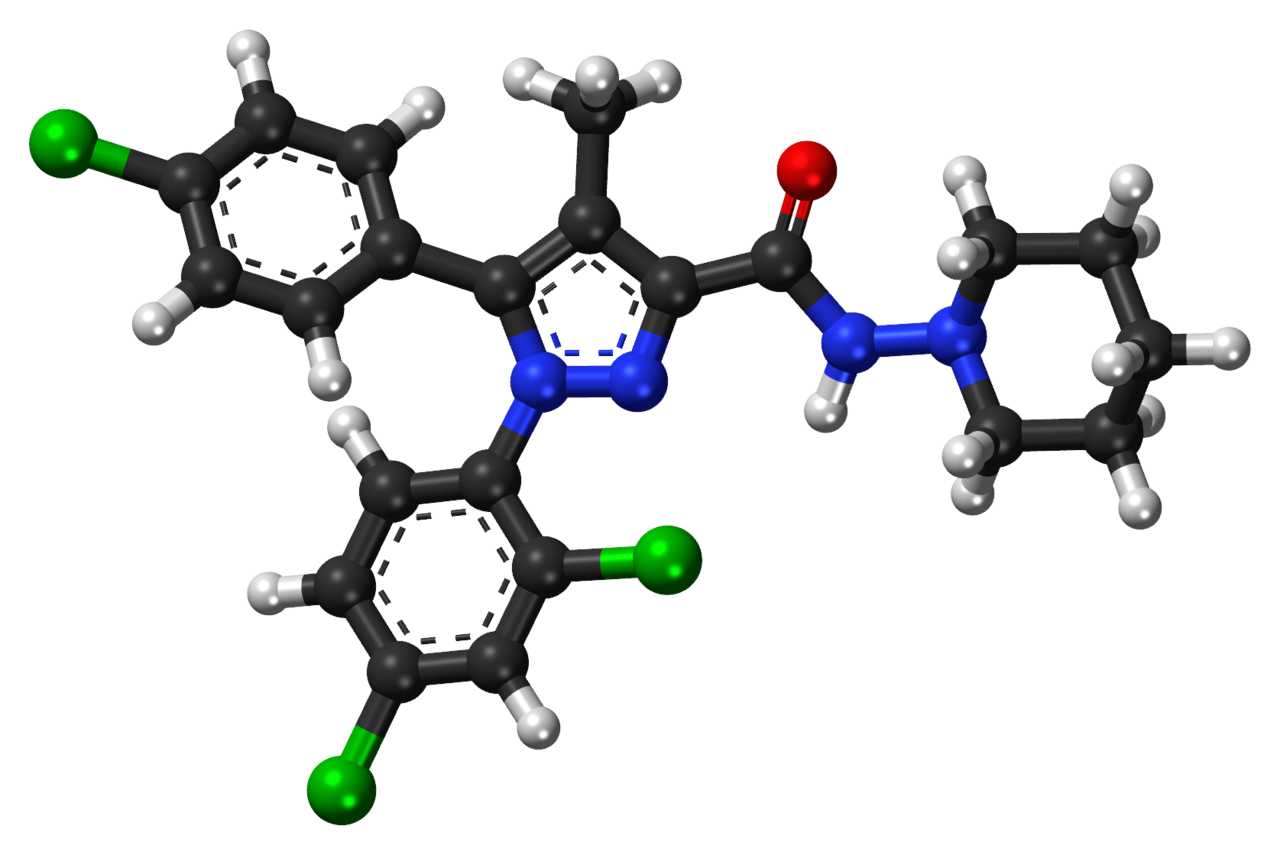Rimonabant, a possible treatment for fragile X syndrome

A team of scientists led by Andrés Ozaita, principal investigator of the Neuropharmacology Laboratory at the Department of Experimental and Health Sciences (DCEXS), in collaboration with researchers from the University of the Basque Country, has studied rimonabant as a possible drug to treat fragile X syndrome obtaining excellent results in mice at doses far from having any potential adverse effects.
Fragile X syndrome (FXS) is the most common cause of inherited intellectual disability. It is due to a fault in the FMR1 gene located on the X chromosome, which causes the body to produce very low amounts of FMR1P protein which is necessary for the brain to function properly. Among its many symptoms, children born with this syndrome have mental retardation, display hyperactive behaviour, autism spectrum disorder, delayed speech and language and low muscle tone. FXS is a rare disease that affects one in 4,000 males and one in 8,000 females.
Many of the effects linked to fragile X syndrome, such as cognitive problems or neuronal plasticity disorders, depend on the endocannabinoid system, a network of neural receptors that regulates reward processes, learning and memory. For this reason, Ozaita’s team decided to use rimonabant, a molecule that blocks the main recipient of the endocannabinoid system: cannabinoid receptor 1 (CB1). This is an existing drug that was developed and approved by the European Medicines Agency in 2007 to treat obesity under the premise that the inhibition of cannabinoid activity reduces appetite. Unfortunately, rimonabant had to be withdrawn from the market two years later due to unwanted side effects such as depression or anxiety. These side effects, however, are dependent on the drug dose and the current study is based on rimonabant doses 30 times lower compared to those showing effects against obesity, thus avoiding the adverse effects at high doses. In addition to rimonabant, the team has used the NESS0327 molecule, another CB1 receptor antagonist different to rimonabant, in order to show that the benefits seen with rimonabant are due to the partial blockage of CB1 receptors.
 "No hem de descartar l'ús d'altres substàncies que tinguin com a diana els receptors CB1 per tractar la síndrome del cromosoma X fràgil", comenta Ozaita. "Alguns components específics de la planta del cànnabis, com el cannabidiol, són possibles alternatives atès que es coneix del seu perfil farmacològic. Així mateix, en futurs estudis caldria estudiar la possibilitat d'iniciar el tractament molt abans, durant el neurodesenvolupament, per intentar millorar el potencial terapèutic de les intervencions farmacològiques".
"No hem de descartar l'ús d'altres substàncies que tinguin com a diana els receptors CB1 per tractar la síndrome del cromosoma X fràgil", comenta Ozaita. "Alguns components específics de la planta del cànnabis, com el cannabidiol, són possibles alternatives atès que es coneix del seu perfil farmacològic. Així mateix, en futurs estudis caldria estudiar la possibilitat d'iniciar el tractament molt abans, durant el neurodesenvolupament, per intentar millorar el potencial terapèutic de les intervencions farmacològiques".
Segons els resultats d'aquest estudi, part de la tesi doctoral de Maria Gomis-González, el tractament amb baixes dosis de rimonabant prevé els errors en la plasticitat sinàptica dels ratolins model de FXS correlacionant amb la millora cognitiva. Tal com reflecteix aquest estudi, que apareix publicat a la revista Genes, i que amplia un estudi previ del grup el 2013 (Busquets-Garcia et al., Nature Medicine 19: 603, 2013), els receptors CB1 són una diana molt important a l'hora de millorar els símptomes associats a la síndrome del cromosoma X fràgil, el que amplia les possibilitats de desenvolupament de noves molècules dirigides a aquest blanc.
Article de referència: Maria Gomis-González, Arnau Busquets-Garcia, Carlos Matute, Rafael Maldonado, Susana Mato, Andrés Ozaita. Possible Therapeutic Doses of Cannabinoid Type 1 Receptor Antagonist Reverses Key Alterations in Fragile X Syndrome Mouse Model. Genes (Basel). 2016 Aug . doi: 10.3390/genes7090056.
